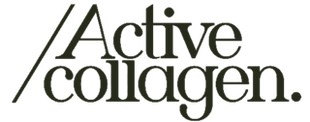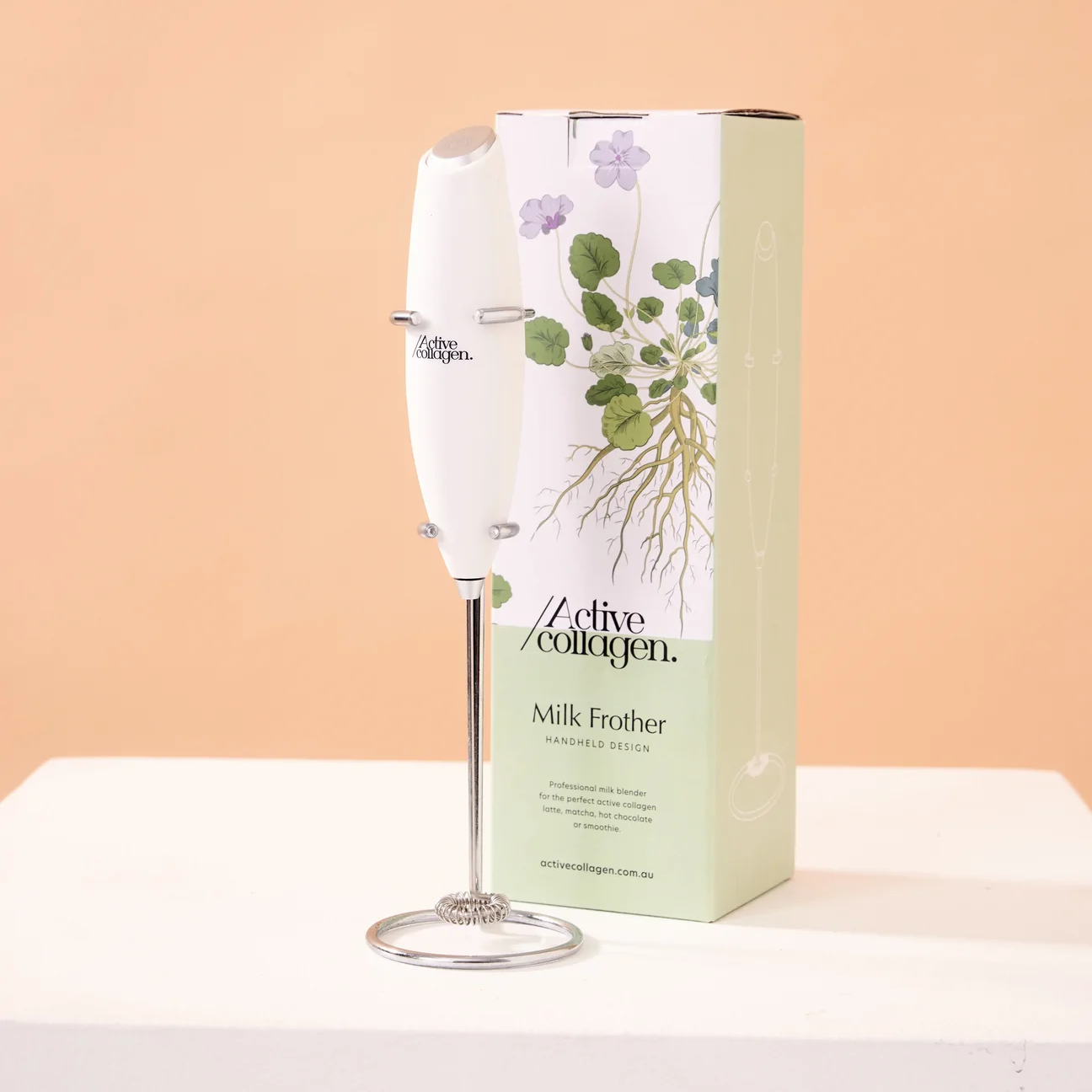Iron is one mineral that over 1 billion of the global population is deficient in. Although iron is present in a great variety of foods there are many of us who are either not getting enough or simply not restoring our levels after periods of menstruation, pregnancy, chronic blood loss, endurance exercise and increased iron needs i.e., adolescence or childhood.
Having enough iron is essential for most cellular functions. Not to mention the huge role iron plays in producing haemoglobin which allows our red blood cells to transport oxygen around the body efficiently. And unfortunately, even if you do choose to consume meat this doesn’t exclude you from potential iron deficiency (ID) – myth busted. Although, those who do follow a vegetarian or vegan diet are at greater risk due to dietary restriction causing naturally lower iron intakes.
Symptoms of Iron Deficiency
While some symptoms of ID or iron deficiency anaemia (IDA) can be non-specific, the main symptoms to look out for include:
- Dry/damaged hair & hair loss
- Orthostatic hypotension (dizziness upon standing)
- Fatigue – an example of a common non-specific symptom
- Nail abnormalities such as koilonychia & brittle nails
- Shortness of breath & heart palpitations
- Restless leg syndrome
- Pale skin
- Reduced physical & cognitive performance
Of course, ID cannot be confirmed through only presenting symptoms. Blood iron studies such as serum ferritin levels and a full blood count would need to be performed by a professional to diagnose ID or IDA and rule out any underlying issues.
Preventing Low Iron
By getting the required iron intakes per day ID and IDA can be prevented. In Australia, recommended daily Intakes (RDIs) are in place for every age group; males require 8mg/day all throughout life, whilst menstruating women require 18mg/day dropping to 8mg/day post menopause.
Although not all sources of iron have equal bioavailability. Iron comes in two forms: haem and non-haem. Your haem sources are the most bioavailable to humans and are present in all meat including fish. Non-haem sources are harder for humans to absorb and are found in grains, legumes, nuts/seeds and leafy greens such as spinach. Those lacking haem iron sources, whether vegetarian or simply not prioritising protein at every meal, require higher daily intakes of iron.
Supporting Iron Absorption
Like many other vitamins and minerals there are potential factors that inhibit or enhance the absorption of iron.
Inhibitors:
- Phytates - an antinutrient found in legumes, grains and nuts/seeds
- Tannins – polyphenols that are mostly present in tea, coffee and red wine
- Calcium – foods rich in calcium have shown inhibitory effects on both haem and non-haem iron.
Tips! Consume tea/coffee away from food, soak your legumes and nuts to decrease phytate content, and maybe avoid offering that glass of milk at dinner time.
Enhancers:
- Vitamin C – when paired with both haem and non-haem iron
- Consuming haem sources alongside non-haem sources
Tips! Accompany your legumes, leafy greens and nuts with natural sources of vitamin C such as tomatoes, lemon juice, kiwi fruit or citrus, and add legumes to meat dishes like lentils in with your Bolognese to boost iron absorption.
Did You Know? Supporting your gut health can help increase the absorption of iron as our intestinal lining is the main site of nutrient absorption. When this is compromised due to damage and inflammation nutrient deficiencies such as ID are commonly seen. The addition of foods rich in collagen have shown positive effects on strengthening and healing intestinal lining dysfunctions. Our Active Collagen All-In-One is a fabulous addition of collagen peptides for supporting gut health which we now know is key for optimal iron.
Camaschella C. (2019). Iron deficiency. Blood, 133(1), 30–39. https://doi.org/10.1182/blood-2018-05-815944
Cappellini, M, D., Musallam, K, M., Taher, A, T. (2019). Iron deficiency anaemia revisited. Journal of Internal Medicine, 287(2), 153-170. https://doi.org/10.1111/joim.13004
National Health and Medical Research Council. (2005). Iron. Nutrient Reference Values. https://www.eatforhealth.gov.au/nutrient-reference-values/nutrients/iron
Piskin, E., Cianciosi, D., Gulec, S., Tomas, M., & Capanoglu, E. (2022). Iron Absorption: Factors, Limitations, and Improvement Methods. ACS omega, 7(24), 20441–20456. https://doi.org/10.1021/acsomega.2c01833
Chen, Q., Chen, O., Martins, I. M., Hou, H., Zhao, X., Blumberg, J. B., & Li, B. (2017). Collagen peptides ameliorate intestinal epithelial barrier dysfunction in immunostimulatory Caco-2 cell monolayers via enhancing tight junctions. Food & function, 8(3), 1144–1151. https://doi.org/10.1039/c6fo01347c




